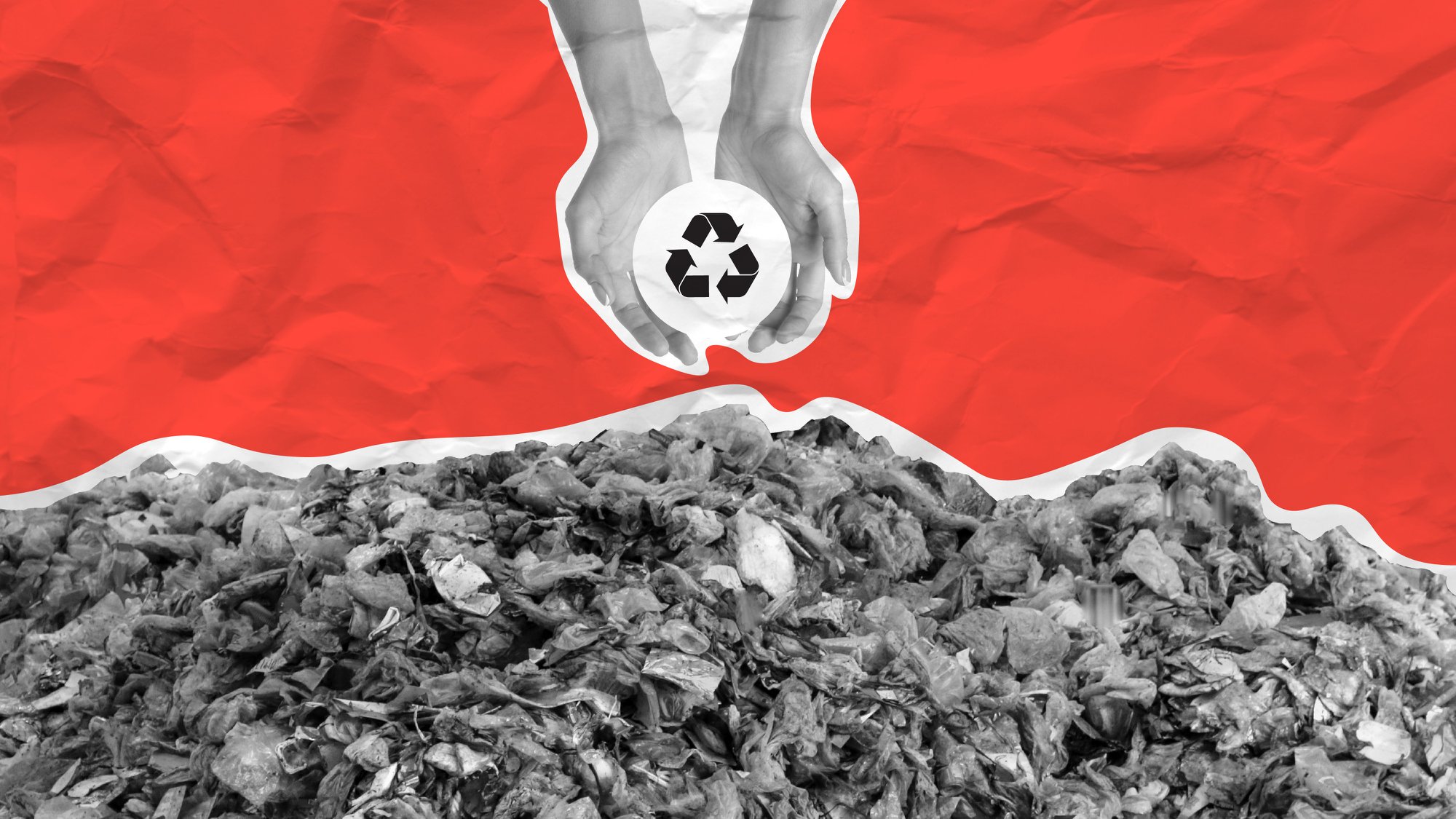Stepping Out of the Comfort Zone: Habits, Convenience, and Sustainability

In my previous blog, I presented the obstacle of delayed feedback in the road toward sustainability, and how it can impact our progress.
I discussed various solutions to this issue, and how we might keep our sustainability spirits high despite roadblocks along the way.
In this blog, I’ll explore our natural tendency to choose convenience and share tips for adopting a more sustainable mindset.
Sustainability and breaking the habit

In the quest for a more sustainable world, we often overlook one of the most formidable opponents: ourselves.
More specifically, our deeply ingrained habits and our love for convenience. These factors play a significant role in why engaging with sustainability can be so challenging for many people.
Humans are creatures of habit: our brains are wired to automate routine behaviours, freeing up mental energy for more complex tasks.
However, this mechanism, while efficient, can work against us when it comes to adopting sustainable practices.
Think about it: How many times have you automatically reached for a plastic bag at the supermarket, even though you have reusable bags at home?
Or decided to drive, even for a short trip, when walking, taking the train or cycling was a viable option?
Our habitual behaviours are often deeply rooted, formed over years or even decades. And changing them requires conscious effort and, often, persistence too, which can be mentally taxing.
Sustainability and going against the grain
It’s not just about remembering to do something different; it’s about going against an inclination to do something we’re accustomed to and rewiring our automatic responses.
This challenge is made harder by modern society’s focus on convenience. We’re now used to on-demand services, disposable products, and energy-hungry appliances that simplify our lives.
I remember being floored by some close colleagues at a former workplace who got excited when Amazon launched a 1-hour delivery service. I light-heartedly asked them what on earth they’d ever need a 1 hour Amazon service for.
The response? “I don’t know. It’s just cool to get things even quicker”.
I then queried, given Amazon’s already pretty poor record for employee care at the time, what they thought it might mean for the workers at Amazon. I was met with a shrug of the shoulders, neither in protest nor indifference, but just from having never thought about it previously.
Convenience is often the primary currency we focus on.
The reality is that sustainable alternatives often require more effort, planning, or time – at least initially.
For example, meal planning and cooking with local, seasonal ingredients is usually more sustainable than fast food or pre-packaged meals. However, the latter often wins out due to its convenience in our busy lives.
Similarly, fast fashion offers cheap, trendy clothes at our fingertips while building a more sustainable wardrobe requires more thought, research, and potentially higher upfront costs.
The path of least resistance is often the least sustainable one.
So, how might we overcome these barriers?
One approach would be to make sustainable choices the default option. This could mean setting up your home environment to support sustainable habits – like keeping reusable bags by the door or setting up a compost bin in an easily accessible location.
Another strategy might focus on making sustainable choices more convenient. This is where innovation and policy can play crucial roles. For example, improving public transport infrastructure can make it more convenient for people to choose sustainable transport options.
Understanding how our habits impact the world can motivate us to break free from routine behaviours. Visualising the long-term consequences of our daily choices can make the extra effort feel more worthwhile.
Furthermore, if we adopt this as part of our identity – being someone willing to make short-term sacrifices for the greater good and for the benefit of future generations – then we’ll likely embrace not taking the easy path when the situation presents itself.
It’s probably worth mentioning that we need to approach habit change with a truck-load of compassion and realism. Sustainable living isn’t about perfection, but progress, consideration and action.
I personally believe the terminology currently used doesn’t serve us well on this, by positioning “sustainable” as an absolute point.
Small, consistent changes are often more effective and sustainable than drastic overhauls.
Final thoughts
Ultimately, overcoming the barriers of habit and convenience requires a shift in how we perceive ease and comfort.
It’s about finding satisfaction and joy in sustainable choices, and redefining convenience to include the long-term wellbeing of our planet and communities. By consciously reshaping our habits and redefining our understanding of convenience, we can make sustainability not just a goal, but a way of life.
It’s a challenge, certainly, but one that becomes easier with each mindful choice we make.





